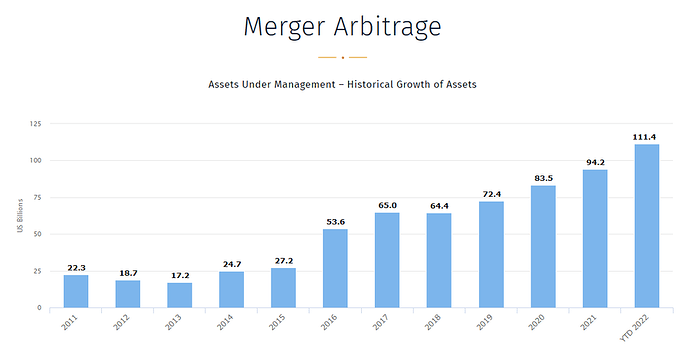Marco/P123 Owner.
The manual stock pick quarterly and yearly holding paid subscription model will be one of p123 REVENUE generating model for the manual stock picking experts and p123.
Like P123 did in March 2013 launching of automated designer model for the subscriber.
===========================
I am expecting January 2021 will have a new world of manual stock picking models with proven experts initially, it could have free subscription during the starting time to make the the subscriber comfortable
with the free subscription for few months.
Successful 10-20 Handful of stock picking system using all the wisdom is Low risk investment.
P123 - is a portfolio tracker - it could be automated designer model ; and it could be manual stock pick for every quarter or every year;
If p123 focus on this business; It will have additional stock picking experts subscription and membership subscription to generate revenue;
My performance for 20 stocks for 1 year holding; as part of the p123 yearly competition since 2017.
2017 35%+ 1st place
2019 40%+ 2nd place
2020 60%+ 1st place
2018 reasonable down percentage with market down
My models are very liquid
will speak for my stock picking skills as
- One of the best example for subscriber to follow the model to get profits better than bench mark - yearly once buy activity
- One of the best example for the stock picking expert to demonstrate their skill thru performance.
- One of the best way p123 to be come famous with many successful manual stock pick strategies which out perform bench mark significantly.
- It will attract new subscriber to follow
- It will bring more revenue to P123 by new subscriber who follow very successful p123 stock picking models and commision from the manual stock picking membership fees.
Thanks,
Kumar ![]()


